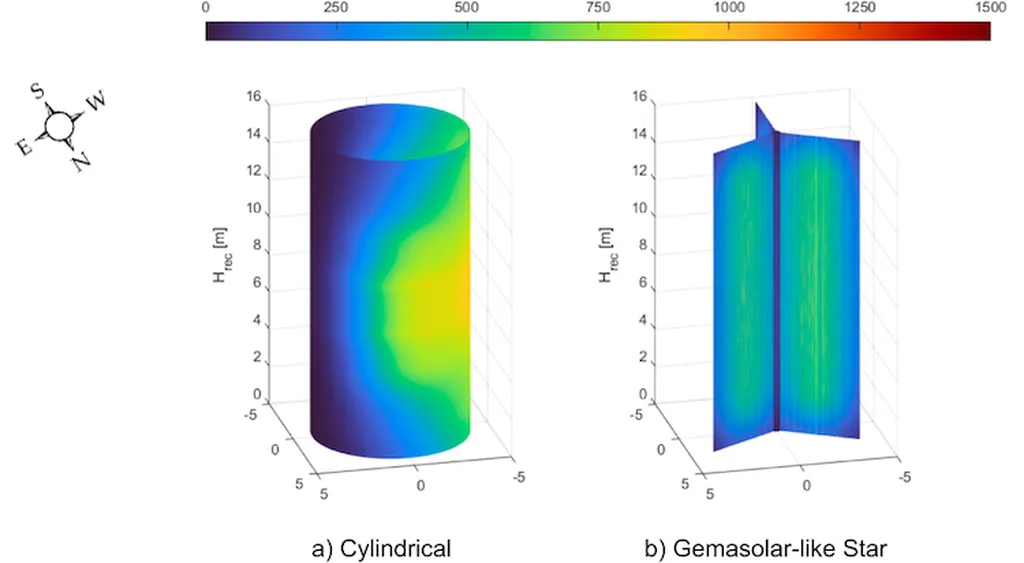In the pursuit of more efficient and reliable solar power technologies, researchers are delving into the intricacies of high-temperature materials, and a recent study presented at the SolarPACES Conference Proceedings (Proceedings of the International Conference on Concentrating Solar Power and Chemical Energy Systems) is shedding new light on the design of critical components. The study, led by Bipul Barua of Argonne National Laboratory, focuses on Alloy 282, a nickel-based high-temperature alloy, and its potential to revolutionize the design of solar receivers in concentrating solar power (CSP) systems.
Concentrating solar power systems harness the sun’s energy by focusing sunlight onto a receiver, which then transfers the heat to a fluid. This fluid can be used to generate steam and drive a turbine, producing electricity. The efficiency of these systems is largely dependent on the materials used in the receiver, which must withstand extreme temperatures and mechanical stresses.
Barua and his team have developed comprehensive design data for Alloy 282, which is crucial for high-temperature components. “The current design rules for high-temperature components are quite limited,” Barua explained. “We’ve constructed a complete set of design data, including allowable stress, isochronous stress-strain curves, minimum-stress-to-rupture, fatigue diagrams, and creep-fatigue damage envelope. This data is essential for a complete design check and will enable more robust and efficient solar receivers.”
The study also introduces an inelastic constitutive model, which is a mathematical representation of how a material deforms under stress. This model is particularly useful for the design by inelastic analysis method, which allows for more accurate predictions of material behavior under complex loading conditions.
The implications of this research are significant for the energy sector. As the demand for renewable energy continues to grow, so does the need for more efficient and reliable CSP systems. The design data and models developed by Barua and his team could pave the way for the development of next-generation solar receivers, which could operate at higher temperatures and pressures, leading to increased efficiency and reduced costs.
Moreover, the research could have broader impacts beyond the solar industry. The methods and models developed in this study could be applied to other high-temperature applications, such as gas turbines and nuclear reactors, further advancing the field of high-temperature materials and design.
As the world continues to transition towards a more sustainable energy future, research like this is crucial. It not only pushes the boundaries of what’s possible in solar power technology but also contributes to the broader understanding of high-temperature materials and their applications. With the data and models developed by Barua and his team, the future of CSP systems looks brighter than ever.

